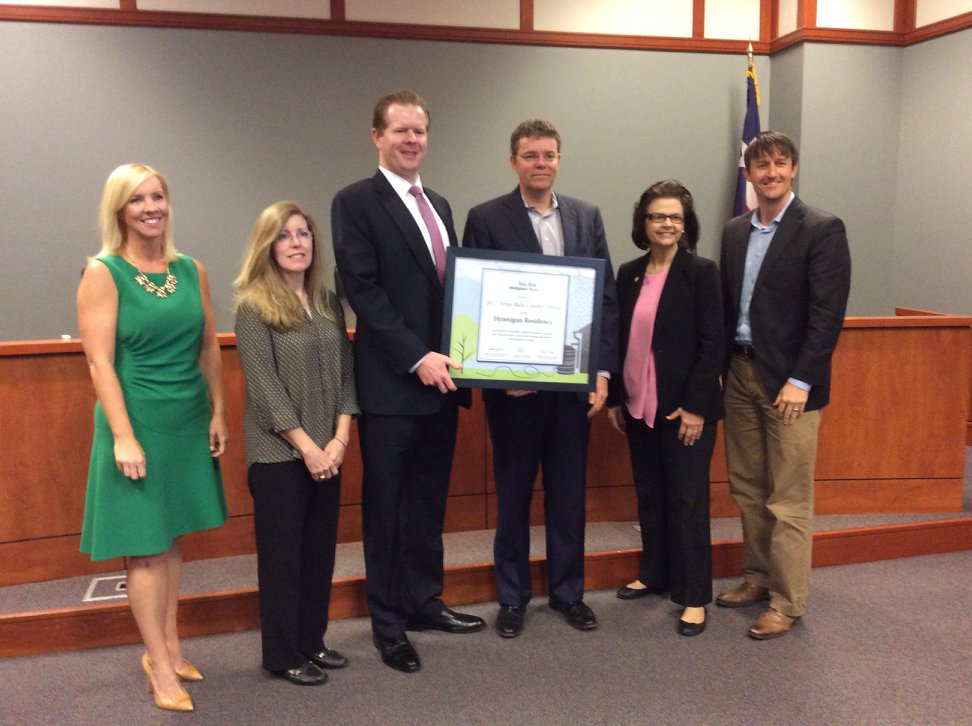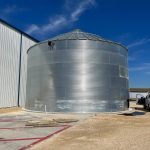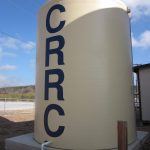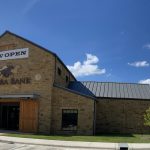 The Hennigan Residence in San Antonio, Texas received the 2017 Rain Catcher Award from the Texas Water Development Board in the Residential – Single Family category.
The Hennigan Residence in San Antonio, Texas received the 2017 Rain Catcher Award from the Texas Water Development Board in the Residential – Single Family category.
Innovative Water Solutions LLC designed and installed the rainwater harvesting system for the Hennigan’s. Being part of this innovative rainwater harvesting project was a true honor. We hope that this project can be a great example of the true potential of rainwater and stormwater harvesting on a residential property.
About the Rainwater Harvesting System
This innovative project harvests rainwater and stormwater in cisterns for beneficial reuse purposes by incorporating best management practices from a recently‐adopted Low‐Impact Development Ordinance that promotes sustainable land use and reduces direct stormwater runoff into nearby rivers and creeks. Further, this 93,200‐gallon rainwater capture system provides both potable and irrigation water supply from roof and land surfaces, respectively, is part of a larger sustainable residential remodel to an existing house located in a suburban neighborhood regulated by a Homeowners Association.
The rainwater capture system is situated on a large residential lot located in a suburban neighborhood regulated by a Texas Property Owners Association (HOA). This system not only (1) captures rainwater from the all roof structures (e.g. house, pool house, outdoor kitchen) for domestic potable purposes, but it also (2) captures stormwater runoff from the land surfaces in its direct watershed via vegetated swales by directing the runoff into spatially‐placed drainage inlet basins which is then pumped into harvesting cisterns for irrigation purposes. The combined storage onsite for these two capture systems is 93,200 gallons. The rainwater system is an essential element of an integrated sustainable home design/remodel project that combines high‐performance energy efficient building elements for energy demand reduction, geothermal energy for HVAC and domestic hot water production, and solar power for electric supply to produce a negative carbon emissions environment. By combining rainwater capture with low flow water conservation devices, municipal water purchases for this residences are estimated to be only 11 percent of standard demand at 30 inches of annual rainfall.
The rainwater is harvested from three roof structures utilizing a wet‐pipe collection system captured into two 10,000‐gallon Pioneer brand corrugated metal cisterns, and one 3,200‐gallon Stainless Tank (23,200 gallons total storage for domestic potable purposes). The collection area of these three structures is approximately 5,100 square feet. These surfaces allow the collection of approximately 87,000 gallons of rainwater fall harvested annually (94 percent net capture coefficient after water discard from collection lines and first flush devices). The rainwater from these three cisterns is filtered
and disinfected for domestic potable water supply for the house.
Additionally, 70,000 gallons storage for stormwater capture uses Low‐Impact Development best management practices to harvest from land surfaces for irrigation reuse onsite. This system is comprised of two 30,000‐gallon and one 10,000‐gallon cisterns to receive stormwater runoff that flows onto this property from adjacent, uphill residential properties. The stormwater runoff is directed into two distinct drainage areas using vegetation swales that channel runoff into two drainage inlet basins containing sump pumps to move the stormwater into the two 30,000‐gallon cisterns located at the back of the property. Once stormwater is placed in large cisterns, water is gravity‐fed downhill to the 10,000‐gallon irrigation cistern. The overflow from the potable supply cisterns (described above) is also directed into this cistern to minimize water discards that may occur from exceeding storage capacity limit throughout the roof capture system.
To maximize stormwater capture in heavy rain events, each drainage inlet basin incorporates ponding design for temporary water accumulation and duplex pumping capacities of 50 and 150 gallons per minute, respectively, for maximum stormwater pumping capacity of 300 gallons per minute to handle heavy rain flow events. Combined storage can accumulate a 2” rainfall event from the nearly 2‐acre drainage area, thereby exceeding the Low‐Impact Development best management practices targets set by the San Antonio River Authority. It is estimated that the collection system will collect up to 425,000 gallons annually from the watershed.
In summary, the project demonstrates what is possible when employing Low‐Impact Development design best practices sanctioned by favorable Texas Property Code statues that now support rainwater project development in suburbs under HOA restrictions that previously did not permit such rainwater system development.
The TWDB awards five Rain Catcher Awards each year. The 2017 recipients were innovative rainwater harvesting systems.
The award ceremony can be watched on the TWDB Board meeting video. The ceremony begins at the 1:01:00 mark in the video.
About the TWDB Rain Catcher Award Program
The Texas Rain Catcher Award competition began in 2007 and is open to all individuals, companies, organizations, municipalities, and other local and state governmental entities in Texas. It recognizes entities and individuals in the rainwater harvesting community and beyond and establishes award recipients as dedicated water conservation leaders in Texas.





